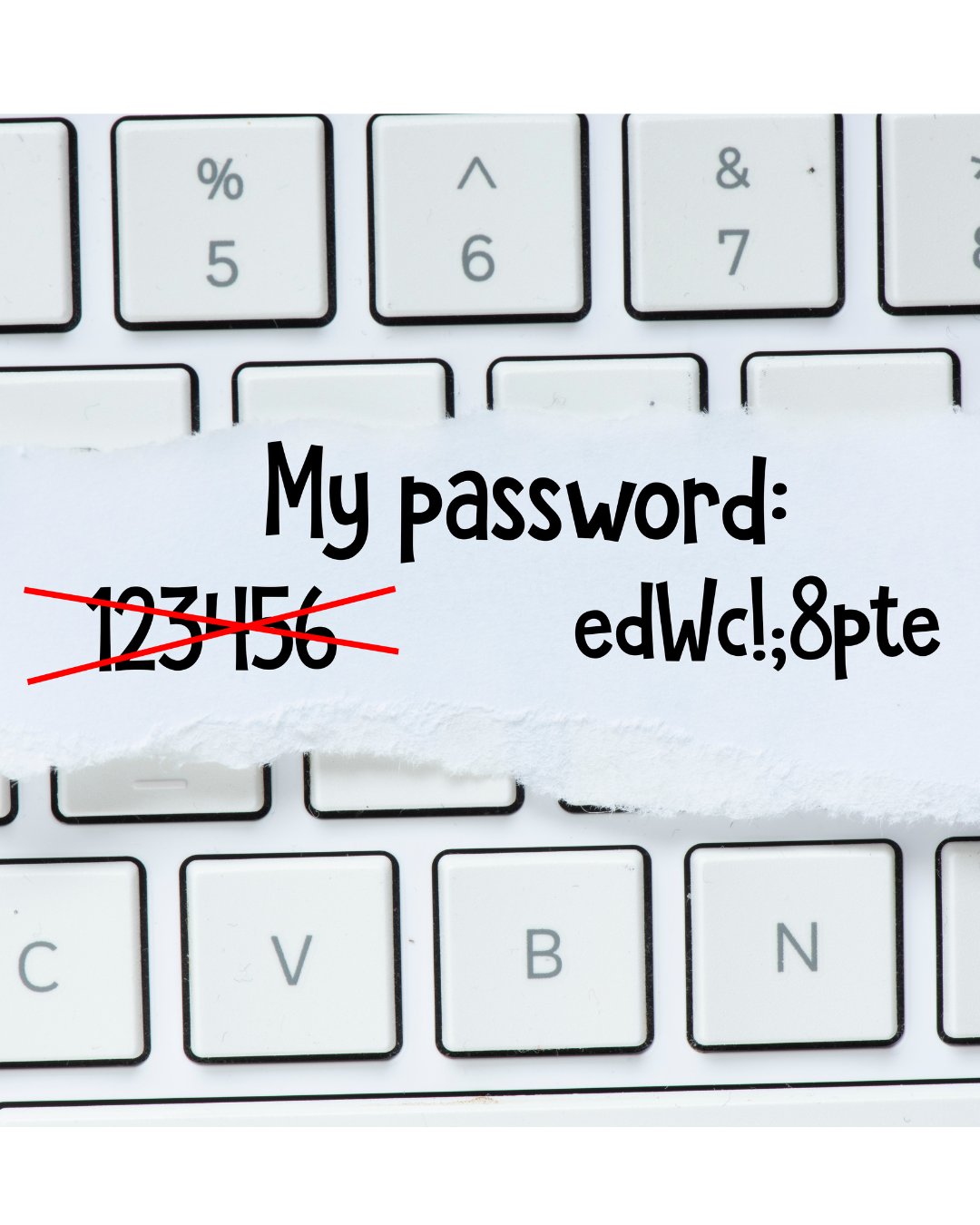Article
Regarding password security, most advice is the same: use strong passwords, add special characters, and do not reuse passwords. But for those already versed in these fundamentals, the conversation doesn’t end there.
Password security harbours deeper, less discussed vulnerabilities that can have severe consequences if overlooked. Let’s look at these often-overlooked areas. We will explore how organisations and people can strengthen their defences against new threats.

What to Do: Create strict rules for using approved software. Use Single Sign-On (SSO) solutions to centralise login. This will help reduce the number of unmanaged accounts.
What to Do: Use password management tools to share credentials safely. This keeps them secure and not in plain text. Track and check access to ensure everyone is responsible.
What to Do: Check the security of password reset methods. Use multi-factor authentication (MFA) for resets. Avoid using easy-to-guess recovery questions.
What to Do: Employ breached password detection tools that alert users if their credentials appear in data leaks. Enforce unique passwords for every account and integrate MFA wherever possible.
What to Do: Instead of arbitrary expiration rules, focus on changing passwords when an event happens, like a breach. Also, keep an eye on account activity for anything suspicious.
AI and password cracking – AI advancements have greatly improved password-cracking tools. These tools can quickly break weak to medium-strength passwords.
What to Do: Encourage the use of passphrases—long, memorable sequences of words that provide higher variability. Additionally, prioritise cryptographically strong hashing algorithms on systems storing passwords.
Phishing kits with MFA bypass – Attackers are using advanced phishing kits to bypass multi-factor authentication by capturing tokens and passwords.
What to Do: Combine MFA with behavioural analytics and adaptive authentication, which analyse contextual factors like location, device, and usage patterns to flag anomalies.
Password vault attacks – Password managers enhance security but can be compromised, risking exposure of all stored credentials through various attacks.
What to Do: Choose a password manager with robust encryption and zero-knowledge architecture. Regularly update the software, and use MFA to secure access to the vault.
Zero-Trust Architecture
A zero-trust model continuously verifies users and devices, minimising risks from relying solely on passwords for authentication.
Passwordless authentication
Utilise passwordless solutions like biometrics and hardware tokens to enhance security and reduce password dependence.
Continuous user education
Regular advanced training for employees is essential to prevent human error in robust systems .

Password security is no longer about ticking boxes or following conventional wisdom. The landscape has evolved, and so must our strategies. By focusing on the hidden risks of passwords, organisations can outsmart attackers and create a safe environment
We specialise in advanced security solutions that go beyond the basics. Let us help you implement cutting-edge practices to safeguard your organisation’s credentials and infrastructure.
Contact us today to schedule a consultation and secure your digital future.
Get your business on the front foot
To provide the best experience on our site, we use technologies like cookies to store and/or access device information. Consenting to these technologies will allow us to process data such as browsing behaviour or unique IDs on this site.